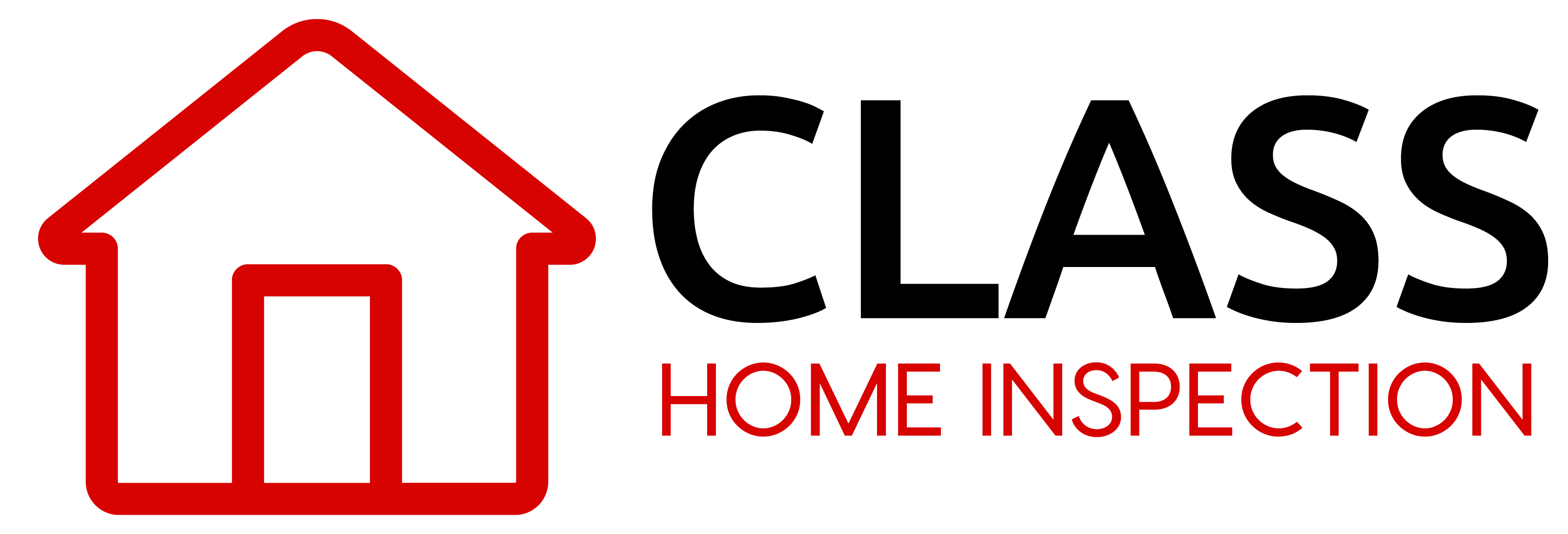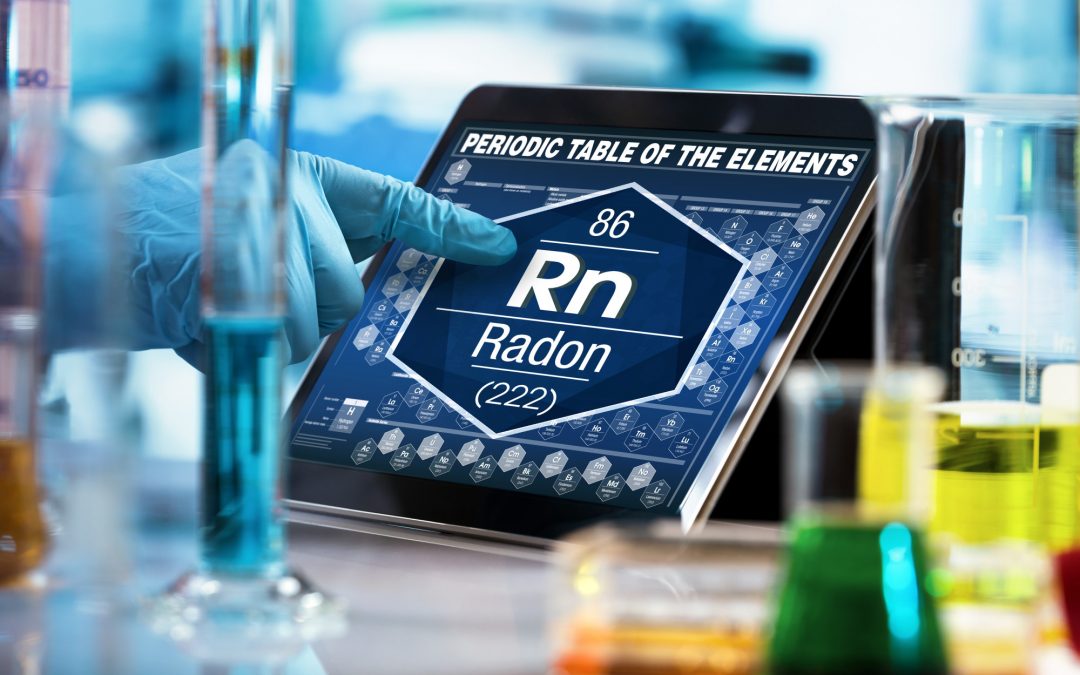You can’t see it. You can’t smell it. So it’s not a problem. Right?
Think again.
You may not be able to see radon gas, but it can cause serious health problems without you even realizing it. That’s why it’s so important to find out if there is radon in a home before you buy it.
We’ve put together this guide to help you find out how to get radon testing during the home inspection process, so let’s get started!
Is Radon Testing Part of a Home Inspection?
It depends.
Many home inspectors will include this test as part of their inspection, but that’s not always true. You should ask the inspector in advance if they provide this service.
If they do, make sure they’re actually licensed to perform this type of test. Otherwise, you might get someone who doesn’t really know what they’re doing, and you won’t be able to trust the test results.
If they don’t, let them know you want a radon test. They’ll get in touch with a licensed company and contract them to do the job for you.
Keep in mind, you might have to pay an additional fee if the radon test isn’t included in the initial inspection. The price won’t be high, but you should expect to pay anywhere between $100 to $350.
Is Getting a Radon Test Worth the Extra Money and Hassle?
Yes, yes, and yes again.
Radon exposure is the second leading cause of lung cancer. It kills 21,000 people every year, and 2,900 of those people have never smoked a day in their lives. Buying and moving into a home that’s full of radon can be dangerous, so you should always test for radon before you finalize the purchase.
You should continue to test your home for radon exposure every two years (at least).
Can You Tell If a Home Has Radon Without Getting a Test?
Unfortunately, no.
Radon is a colorless and odorless gas. You won’t see or even smell it even if there are high levels in your home.
Some areas have higher radon levels than others, but that doesn’t mean your home isn’t at risk if you don’t live in one of these places. Radon comes from decaying uranium in the ground, which can be found anywhere.
The gas gets into your home through cracks in the foundation and floor, through the pipes, through an exposed crawlspace, and through basements (the biggest culprits).
Symptoms of Radon Poisoning
If you live with radon for a while, you might start to develop problems with your health. These can include things like:
- A cough that won’t go away (in severe cases, you may even cough up blood)
- Wheezing
- Shortness of breath
- Getting serious infections, such as bronchitis and pneumonia, often
- Fatigue
- Hoarse voice
- Chest pain
- Lack of apatite, often leading to weight loss
These symptoms can relate to a number of health issues, so it can be hard to recognize them as radon poisoning. Because of this, you should get medical attention right away for these things, even if they’re minor. Your doctor will be able to let you know if you’re dealing with radon exposure.
Did the doctor not mention radon?
If you’re worried about radon exposure, it’s a good idea to schedule a test anyway. It’s always better to spend the extra money to ensure the safety of you and your family. Spending a bit of money now is cheaper than dealing with a dangerous and expensive medical condition later.
How Long Does a Radon Test Take?
A typical radon test takes about 48 hours, so you won’t know the radon level in your home the same day as the inspection. Here’s what you can expect during the process.
The Setup
Your Radon Gas Measurement Specialist will start by setting up a device called a CRM, or continuous radon monitor. They’ll leave this small box somewhere in your home (based on the home design and other considerations), usually in the basement if you have one. This will only take a few minutes.
The Wait
Over the next 48 hours, the CRM will measure the levels of radon in the home. The specialist may tell you not to open nearby windows or give you other instructions. For the most part, though, you should be able to keep living your daily life as you normally would.
But don’t touch the CRM. Messing with it could cause problems, so just let it sit and do its thing.
The Results
After 48 hours have passed, the specialist will return to your home and review the test results. They’ll then let you know if you have any radon in your home and, if so, whether or not the levels are high enough to be dangerous. If they are, they’ll be able to tell you what steps to take next.
Use this time to ask plenty of questions. If you have any concerns about radon, the specialist will be able to explain everything in detail and let you know how to stay safe.
Never Skip Radon Testing During a Home Inspection
Radon testing is usually a part of most home inspections, but if your home inspector doesn’t offer this service, request it. They’ll contract a licensed company to give you the test instead.
Never skip this test. Otherwise, you could end up moving into a dangerous home.
Still hesitant about spending money on a home inspection? Make sure you take a look at this guide to learn why it’s always 100% worth the cost.

